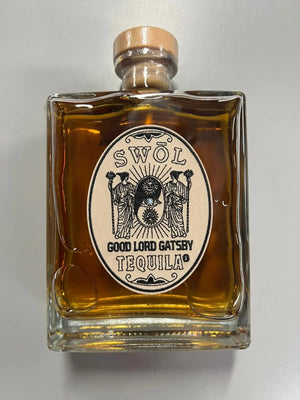Available: Mon - Fri 8am - 7pm PST & Sat 8am - 1pm PST
Rickhouse
The aging process inside a rickhouse is crucial to the development of a whiskey's taste profile, as temperature, humidity, and airflow interact with the barrels over time.
Why Rickhouse Matters?
The importance of a rickhouse lies in its role in the maturation process of whiskey. The varying temperatures within different levels of the rickhouse cause the whiskey inside the barrels to expand and contract, drawing the spirit in and out of the oak wood. This process imparts deep flavors of vanilla, caramel, spice, and sometimes even fruit notes. The location of a barrel within a rickhouse can significantly impact the final flavor of the whiskey, with higher floors often producing bolder, more robust expressions due to higher temperature fluctuations.
What Makes It Stand Out?
Rickhouses stand out for their role in the distinct character of whiskey. The architectural design, which allows for natural climate control, contributes to the diverse flavors that make each batch of whiskey unique. This process of aging whiskey in a rickhouse often leads to a deeper complexity and richness in the final product, distinguishing American whiskey, particularly bourbon, from other spirits. The combination of time, wood, and environment makes the rickhouse an essential element in crafting exceptional whiskey.
Who Is It For?
Rickhouse-aged whiskey appeals to those who appreciate the art of whiskey-making and the influence of time and environment on the final product. Whether you’re a seasoned whiskey enthusiast or someone new to the world of spirits, the story behind a rickhouse and its impact on flavor can deepen your appreciation for the craft. This concept is especially relevant for bourbon lovers who value rich, bold flavors developed through careful aging.






























 Get Vault Pricing
Get Vault Pricing

